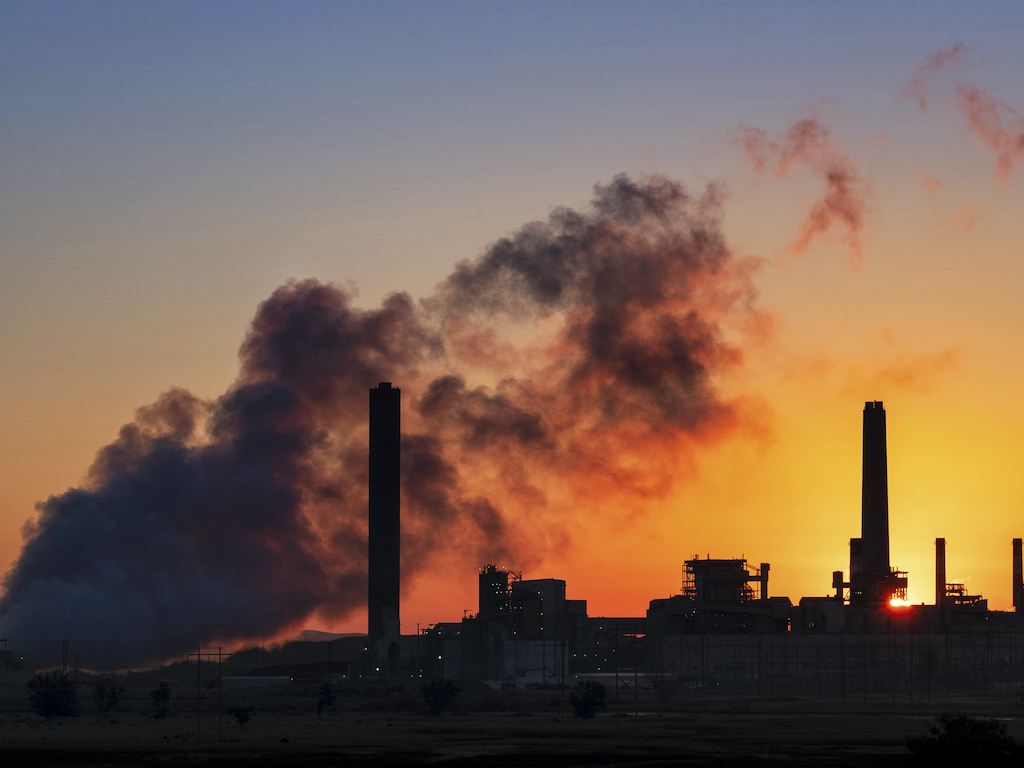4 Mins Read
Carbon offsetting and capture is all the hype right now, especially in the plans outlined by corporate giants who are banking on these technologies to reach net-zero emissions. Experts are now warning that while a step in the right direction, these measures, known as carbon dioxide removal (CDR), are drawing attention away from the urgent need to reduce emissions and that relying disproportionately on this form of on-the-surface climate action could lead us on a path far off from carbon neutrality.
It’s become almost commonplace for corporations to outline new ambitious net-zero goals, even traditionally polluting firms and some of the biggest oil giants like Shell, Chevron and Volkswagen, and CPG majors like PepsiCo, Unilever and Nestlé, not to mention the wave of tech corporations like Amazon, Microsoft and Apple all announcing varying versions of bold sustainability pledges.
But underneath the majority of these plans is a heavy reliance on CDR – a dependence that experts are warning could be detrimental to the urgent need for the world to transition into a carbon neutral economy as soon as possible. According to a report by Bloomberg Green, more than half of all the net-zero schemes that companies have announced in 2019 and 2020 are based on tree planting, forest preservation and carbon capture efforts.
That’s problematic because offsetting carbon emissions is just one part of the solution to climate change. Another big part of tackling the biggest planetary threat we face today is to simply cut emissions, and cut them big – a call that scientists have been making for decades.
While anywhere between 500 and 3,600 million metric tons of carbon dioxide could be removed annually through planting new forests by 2050, that’s nowhere near enough what’s needed. Currently, the world puts out more than 36 billion metric tons of carbon dioxide emissions each year.
CDR is not an alternative to emissions reduction, and in fact can only play a minority role in mitigation. Given the uncertainties and limitations of CDR, it is always better to reduce emissions directly.
Greenpeace
Some companies are looking to back projects that actually create “negative emissions” because it burns biomass to generate energy – but this process requires huge amounts of land, not to mention difficult and expensive.
In a recent report published by Greenpeace, experts and scientists additionally warn that most companies are seeking to offset their emissions through CDR, and many are planning to “simply purchase credits on carbon markets, which have been beset with integrity problems and dubious accounting, even where certified,” making the whole picture even more complicated with regards to the efficacy of CDR-reliant net-zero targets.
What needs to happen, they say, is a refocus on rapid emissions reduction, while CDR should remain a tool to help “offset only the emissions that are hardest and most expensive to abate.”
“CDR is not an alternative to emissions reduction, and in fact can only play a minority role in mitigation,” Greenpeace researchers add. “Given the uncertainties and limitations of CDR, it is always better to reduce emissions directly.”
Greenhouse gas offsets — where you pay others to reduce their pollution today, or bet on schemes to remove yours tomorrow — are all the rage, but they come with risks. We need offsets, but they must be used wisely, sparingly, and without distracting us from the job of reducing our emissions.
Dr. Jonathan Foley, Executive Director, Project Drawdown
Without real reduction, companies are simply putting a band-aid on the problem, and using offsetting and carbon capture technologies as a means to tip the scales just enough – even as their own businesses continue to add more carbon dioxide into the atmosphere.
Scientists say that on our current trajectory, the planet’s future is doomed. We’re already well on our way to disastrous consequences, from sea-level rise causing mass displacement of billions of people, to drought and wildfires wreaking havoc on livelihoods, food supply chains and biodiversity.
Dr. Jonathan Foley, climate and environmental scientist and executive director of climate solutions organisation Project Drawdown, says that the world and businesses in particular must now renew the global focus on the fundamentals – we must cut emissions.
“Greenhouse gas offsets — where you pay others to reduce their pollution today, or bet on schemes to remove yours tomorrow — are all the rage, but they come with risks,” Foley writes. “We need offsets, but they must be used wisely, sparingly, and without distracting us from the job of reducing our emissions.”
Lead image courtesy of J. David Ake / AP.




